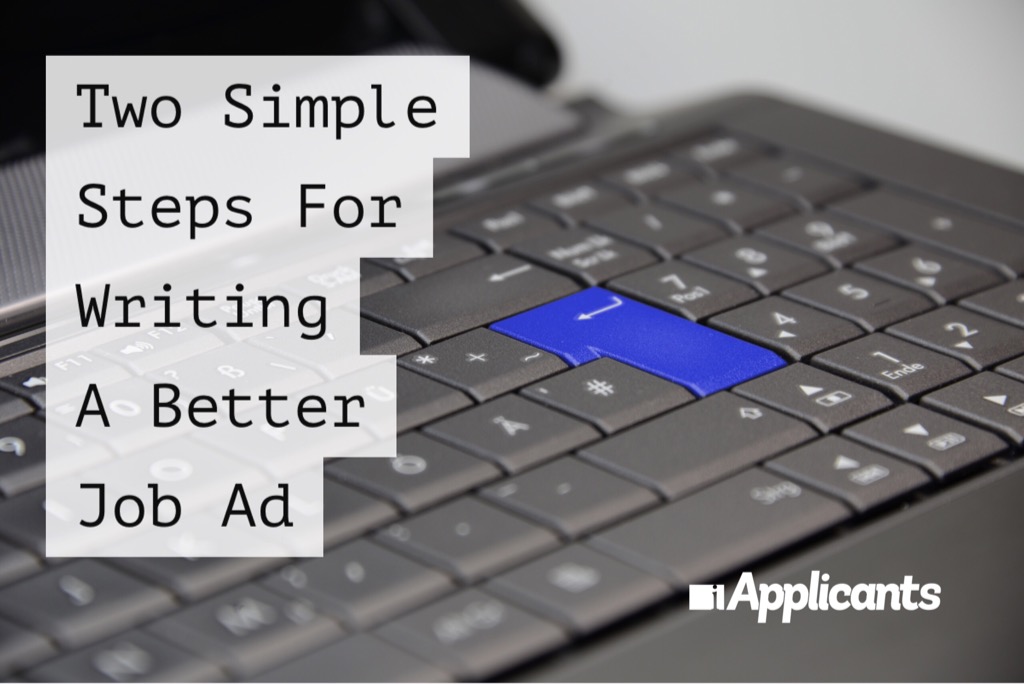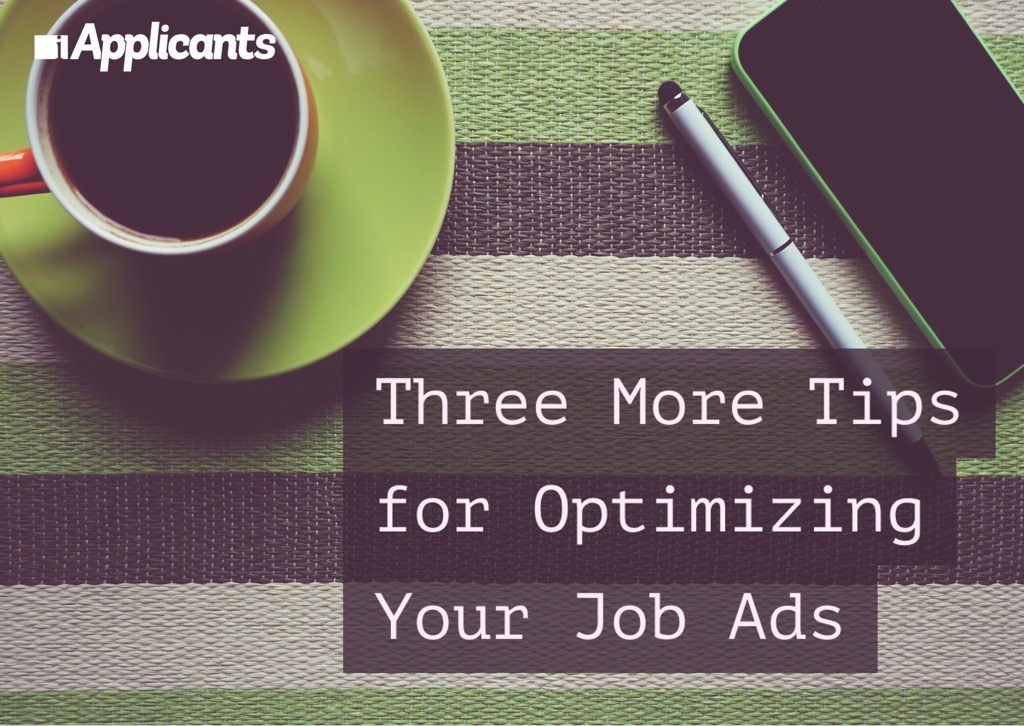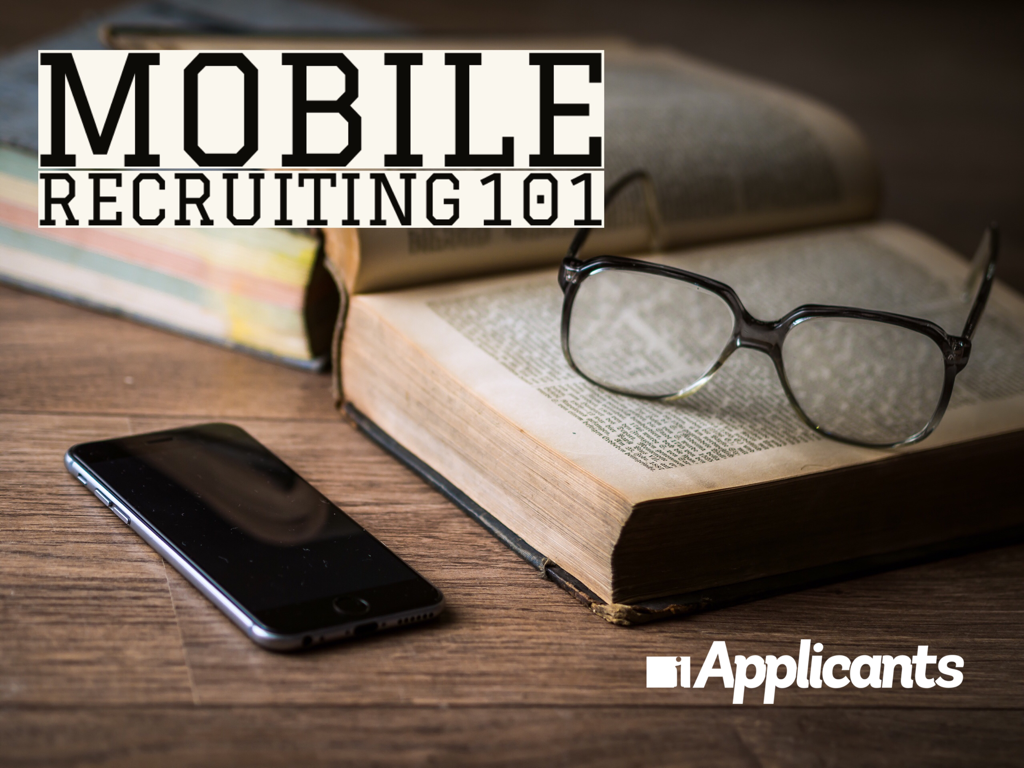by Kurtis Blackburn | Applicant Tracking System, Hiring, Hiring Software, Strategic Hiring

If you’re an HR professional, you’ve likely heard the term “strategic” thrown around about a thousand times throughout your career. HRCI says it. SHRM says it. And your bosses definitely say it. So why is adopting a more strategic approach so dang hard? I think the primary reason being more strategic is difficult is that it’s not simply a goal to strive for and achieve once, it’s a mindset. Having a strategic mindset means that you’re aligned to the goals of the vision of the company as a whole and you’re committed to it for the long haul. Strategic means that you understand on even the most minute levels how your decisions impact the company as a whole and you design goals around the strategic vision your C-suite has for the company. This includes every facet of your position, including hiring. So how do you create a hiring plan that aligns with your company’s strategic vision? Here are a few tips to help you get started: Strategic hiring means cutting costs by increasing hiring speed. Many of our clients didn’t believe that it was possible to increase their hiring speed without spending more money until they realized that their recruiting approach could be greatly improved with a little strategic tweaking. One of the easiest ways to cut down your time to hire is to dedicate more time to writing a strategic job ad. If you write a job ad that appeals to the type of person you think would be a good fit with the culture of your company, you’ve already eliminated a significant portion of the work involved in screening out applicants that wouldn’t be a good fit. And speaking of. . .
by Kurtis Blackburn | Hiring, Hiring Software, Recruiting Basics

Writing a better job ad is the key to attracting top talent. Unfortunately for most HR professionals, it’s usually an afterthought. And who can blame you because after a never-ending hiring to-do list, creating a compelling job ad is the last thing on your mind. What you don’t know though is that skimping on the job ad can cost you quality hires down the road. The good news is that you don’t need to make drastic changes to reel in quality candidates, you just need to be more strategic in your job ad approach. These two steps should help get you started: Write a competitive job ad. It’s easy for people to throw out a blanketed statement like: “write a competitive job ad” and be completely in the dark about what they’re really saying. When you’re writing an ad that is competitive, the first question you should be asking yourself is what sets my job apart? How is it different or better than any other job or a similar job opportunity offered by my competitors? Or better yet, what about this job opportunity would prompt me to apply? How is it different or better than any other job or a similar job opportunity offered by my competitors? If you can’t answer this question, then talk to your employees that are in a similar role. Ask them what drew them to the job initially. Why did they apply? What do they like about the position and what keeps them there? Asking yourself targeted questions to get to the “meat and bones” of what makes your job ad appealing to others is going to provide you with the framework to compose an ad that. . .
by Kurtis Blackburn | Applicant Tracking System, Hiring, Hiring Software, Job Ads, Job Board

Job ads are the gateway to qualified job applicants. As I mentioned in my first job ads post, job ads are probably an applicant’s first real exposure to your company. Make the impression a good one. Of course, it’s not really as simple as snapping one’s fingers and creating killer job ads, but with the couple of tips I shared in my last post, and the few I’ll be sharing here, you should have a very solid starting point to creating optimized job ads. Even if you are feeling a little overwhelmed trying to streamline your hiring process. Use strategic keywords in your job ads. This section is a blog post in and of itself, but I’ll highlight some key points to remember when building a keywords strategy for your job ads. The first step is to analyze the language you use. Most people when writing something (unless they’re professional writers/marketers) tend to write items from their own perspective, and HR is no exception. Writing from your own viewpoint isn’t a bad thing per se, it just limits how well received it may be by others who read it. Job ads are really advertisements selling your open positions. Because HR tends to very compliant minded, a lot of the language used in job ads sounds very legal and dry. Again, this isn’t necessarily a bad thing until you realize that job ads are really advertisements selling your open positions. You’re writing an advertisement to sell something to a customer (applicant), so you want to use selective language that will appeal to your applicants. In tech terms, you want to choose targeted keywords or keyword phrases that job candidates will use to. . .
by Kurtis Blackburn | Applicant Tracking System, Hiring, Hiring Software, Mobile Recruiting

Mark my words, mobile recruiting is the only future. Actually, because 86 percent of applicants start their job search on a mobile device, that future forecast for mobile recruiting is more likely our predictable present. So what does all this mobile recruiting talk have to do with HR? A lot more than you think… The employment landscape has evolved over the years and mobile recruiting is one of the latest offshoots of our society’s dependence on technology. If you were to analyze recruiting strategies ten or so years ago, the employers dominated and dictated where job openings were advertised and available (newspaper classifieds, wanted signs, etc). Nowadays however, it’s applicant traffic trends that determine where employers go to post their jobs. If you are looking to attract a high quantity of top talent, then you need to adapt your hiring process around the needs of job seekers – enter mobile recruiting. When you say mobile recruiting, what devices are you referring to? Let’s start with the basics. Mobile recruiting involves applicants looking for and applying for open positions on a mobile device. A mobile device ranges anywhere from a smartphone to a tablet. So how many people can you actually target with mobile recruiting? Well, let’s put it this way, there are more smartphones on this planet than there are people, so the chances of someone using this type of device to search for jobs is pretty much guaranteed. There are more smartphones on this planet than there are people. Why mobile recruiting? The answer to why mobile recruiting surpasses traditional job searching methods is simple – because it’s mobile. Pretty much everything you could ever want to learn about the world now. . .
by Kurtis Blackburn | Applicant Tracking System, Hiring, Hiring Software

Unless you’re new to the HR world, you likely know what an applicant tracking system is. But on the off chance you don’t, an applicant tracking system is an online tool that eases some of the strain you experience trying to fulfill the high stakes demands of recruiting and hiring top talent. Although the word has spread about using an applicant tracking system significantly over the years, I’ve found that there’s a lot of confusion surrounding what they do and why I think all employers should have them. In today’s post, I thought I’d share the top three misconceptions I’ve stumbled upon since I first started in HR ten years ago: Applicant Tracking System Myth #1 – Using an Applicant Tracking System is Too Expensive One of the common complaints I hear from potential clients is that they can’t afford to purchase an applicant tracking system. Obviously, this concern is a valid one. Typically, the type of individuals drawn to HR tend to be very risk averse and also make very safe decisions which is extremely beneficial when navigating the compliance waters. But when it comes to stepping outside of the compliance box to make more strategic business decisions, it’s beneficial to look outside one’s comfort zone. In business talk, wasted time equals wasted money. Most business executives are fixated on one thing: ROI. If you are currently hiring and attempting to manually perform every step of the process, you’re probably wasting time. In business talk, wasted time equals wasted money. The key to convincing your boss that you need an applicant tracking system in your arsenal is to break the ROI down into tangible numbers. Applicant Tracking System Myth. . .
by Angie Rupp | Applicant Tracking System, Hiring, Hiring Software, Onboarding

As an HR professional, your individual success at your company is probably impacted by your time-to-fill numbers. The time-to-fill benchmark you’re used to seeing likely has a dollar sign attached to it because the more time it takes you to fill an empty seat at your organization, the bigger the financial investment imparts. For instance, high time-to-fill equals higher costs allocated to your recruiting budget as well as more money invested into the workforce used to support the hiring process. Perhaps more vital from a financial perspective than anything else though is the amount of revenue lost by an empty seat at the company – especially if that seat is a sales based or customer service type position. As an employer, what you’re probably least likely to consider about the potential impact of high time-to-fill is actually not a concern from the perspective of your business, but rather, a concern from the perspective of your applicants. This point of view is often overlooked by corporate recruiters, and yet, its impact has the widest reach because it can easily sour a very strong and talented applicant pool. In 2016 the time it takes to fill an empty seat at a company has jumped from 13 to 23 days. In a recent article from the Wall Street Journal, it was found that time-to-fill numbers have increased significantly from a mere six years ago. In 2010, the average time-to-fill was 13 days. In 2016 the time it takes to fill an empty seat at a company has jumped to 23 days. This makes sense as employers try to nail down a more elaborate and effective hiring process due to the economy picking up again. . .






